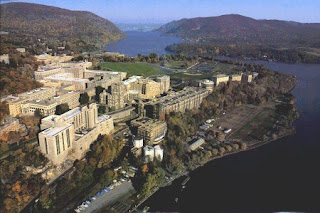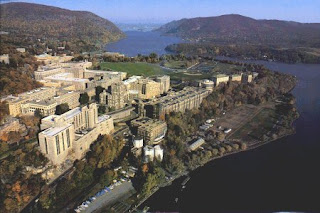NATURE -- Death Valley, USA
Death Valley, USA
Information removed from websites and the show "How the Earth Was Made: Death Valley" by the History Channel. Thank you.
 |
| Death Valley |
This place is known by mysteries that includes and the geological interest which has. Rocks that seem to move by themselves, much thinner crust than anywhere else on the planet.
It is situated in the largest national park of the southern states and is surrounded by mountain peaks. With a length of 225km and a width of 25km, this is one of the most inhospitable places that Earth presents to us.
When viewed from the geological point of view, you can see a battle of processes occurring both at the surface of the Earth, and in depth, and these processes have left marks engraved in rocks.
In the more remote place of Death Valley, the Alexander's Hills, was found limestone which tells us that this was once occupied by water. Marine fossils, such as algae (stromatolites), have proved this theory. It would be a sea as deep as the Bahamas' presents right now. But how did it disappear?
It was also found granite, which is a rock from the magma (lava), which proves that the seas have not dried up, they were pushed by volcanoes. It was discovered that an ancient oceanic plate sank (subduction zone) under the North American plate at about 100 million years ago and caused the earth to ascend. The warmth of the collision fed a coastal chain causing volcanoes to erupt and made the seas to retreat.
Then there is the mystery of why the high mountain ranges have disappeared. These swept below the average level of the sea, yet still stand around peaks. In some mountains you can see the layers of rock (strata) horizontally, but elsewhere they are almost vertical.
In the middle of Death Valley there is a fault that moved about 215m in 100,000 years, about 30cm per thousand years. Although it may seem little, if we think on a large scale it is a big move.
Turtle shell rocks were discovered and appear to have been deformed, as if you took a piece of plastic, heated it up and folded it. These rocks were formed within the crust (16km) at very high temperatures and pressures, and since then have been brought to the surface by an overwhelming inner strength, that stretched them as hot caramel as Death Valley was formed. The high mountains were slowly broken down and sideways.
Gradually, as the underlying crust became thinner, formed a deep basin between the mountains. Through seismic waves was discovered that the crust here is only 25km thick.
Deformation began 13 million years ago, but the modern valley has only 3.4 million years, at most. However, this process is far from completed.
 |
| Badwater |
But this is only part of the subsidence history of Death Valley. Scientists "still" need to find how a place as hot as this was shaped by moving ice.
The proof that tells us what happened next is a little known but very valued mineral, borax. This proves that the valley was flooded by fresh water from the glaciers of the Ice Age that began to melt at about 200 thousand years. A lake extended along the base and borax was brought by water which "retired" it from the rocks and transported to the basin.
A hill of sediment also says that the direction that the lake took was from right to left. The lake, called Menley, occupy 1550km2 and 135m deep.
In the Devil's Golf Course, here even the sound is mysterious because you hear a faint click as the sun sucks every drop of water that exist in the parched soil. The surface here is composed of coarse salt crystals, that like borax was brought in the same circumstances and the distend and contract makes the flick.
Death Valley is so hot and dry because there is an effect called rain shadow, explaining, the valley has around it three mountain ranges and each one takes a bit more moisture to clouds coming from the Pacific Ocean. In addition to this, the hot air is retained by the same mountains. The immense evaporation and tiny precipitation explain the fact that the lake had disappeared so quickly.
There also exists the Canyon Mosaic which seems tailored by flash floods that transform the landscape. Giant boulders are glued to the high slopes of the Canyon, illustrating the power of these flash floods in the desert. The smooth walls of Mosaic Canyon show how mud can affect the "molding" of the valley.
 |
| Rocks walks |
Vany Sampayo


Comentários
Enviar um comentário
Receive your comment is very important to me and, that so, be totally honest. Thank you.
Receber o vosso comentário é muito importante para mim e, por isso, sejam totalmente honestos. Obrigada.